4. IMO and MARPOL Regulations: The International Maritime Organization (IMO) plays a pivotal role in reducing marine pollution through global regulations. The MARPOL Convention (International Convention for the Prevention of Pollution from Ships), first adopted in 1973, is one of the most important international treaties designed to prevent marine pollution from ships. MARPOL addresses pollution by oil, chemicals, garbage, sewage, and air pollution from ships. It mandates stringent controls on ship operations and the disposal of waste at sea. These measures are essential for ensuring that global shipping, which carries over 90% of the world’s trade, operates in an environmentally responsible way. The IMO continues to update MARPOL to incorporate new environmental challenges, including limiting greenhouse gas emissions and promoting sustainable shipping practices.
Marine litter presents a huge problem in our oceans, with some scientists warning that, by 2050, the quantity of plastics in the oceans will outweigh fish. IMO has been regulating marine plastic litter for the last 50 years – from the dumping of waste at sea to discharges from ships. IMO is actively working to ensure its existing rules are implemented and is considering new measures, under its strategy and action plan on marine litter. The GloLitter project is working to support specific countries and to raise awareness to address sea based sources of marine litter, including from fisheries. Read more below.
IMO Strategy to address marine plastic litter from ships – zero plastic waste discharges to sea from ships by 2025
IMO’s Marine Environment Protection Committee (MEPC) in 2021 adopted its Strategy to address marine plastic litter from ships, which sets out the ambitions to reduce marine plastic litter generated from, and retrieved by, fishing vessels; reduce shipping’s contribution to marine plastic litter; and improve the effectiveness of port reception and facilities and treatment in reducing marine plastic litter.
The Strategy sets a vision to “strengthen the international framework and compliance with the relevant IMO instruments, endeavouring to achieve zero plastic waste discharges to sea from ships by 2025”.
Download the IMO Strategy to Address Marine Plastic Litter from Ships.
The Strategy also aims to achieve further outcomes, including: enhanced public awareness, education and seafarer training; improved understanding of the contribution of ships to marine plastic litter; improved understanding of the regulatory framework associated with marine plastic litter from ships; strengthened international cooperation; and targeted technical cooperation and capacity-building.
The adoption of the Strategy follows the adoption, in 2018, of the IMO Action Plan to address marine litter alongside actions to be completed by 2025, which relate to all ships, including fishing vessels.
The Strategy and action plan supports IMO’s commitment to meeting the targets set in the UN 2030 Sustainable Development Goal 14 ( SDG 14 ) on the oceans.
The Action Plan notes that marine plastic litter enters the marine environment as a result of a wide range of land- and sea-based activities. Both macroplastics (for example, large plastic items such as plastic bags, water bottles and fishing gear) and microplastics (small plastic particles generally five millimetres or less in size) persist in the marine environment and result in harmful effects on marine life and biodiversity, as well as negative impacts on human health. In addition, marine plastic litter negatively impacts on activities such as tourism, fisheries and shipping. This plastic material has the potential to be brought back into the economy by means of reuse or recycling. Studies demonstrate that despite the existing regulatory framework to prevent marine plastic litter from ships, discharges into the sea continue to occur.
The Action Plan provides IMO with a mechanism to identify specific outcomes, and actions to achieve these outcomes, in a way that is meaningful and measureable. The plan builds on existing policy and regulatory frameworks, and identifies opportunities to enhance these frameworks and introduce new supporting measures to address the issue of marine plastic litter from ships.
Specific identified measures include:
- a proposed study on marine plastic litter from ships;
- looking into the availability and adequacy of port reception facilities;
- consideration of making marking of fishing gear mandatory, in cooperation with the Food and Agriculture Organization (FAO);
- promoting reporting the loss of fishing gear;
- facilitating the delivery of retrieved fishing gear to shore facilities;
- reviewing provisions related to the training of fishing vessel personnel and familiarization of seafarers to ensure awareness of the impact of marine plastic litter;
- consideration of the establishment of a compulsory mechanism to declare loss of containers at sea and identify number of losses;
- enhancing public awareness; and
- strengthening international cooperation, in particular FAO and UN Environment.
IMO will continue to work with UN partners, including, the Food and Agriculture Organization (FAO), through the Joint FAO/IMO Ad Hoc Working Group on illegal, unregulated and unreported (IUU) Fishing and Related Matters; the Joint Group of Experts on the Scientific Aspects of Marine Environmental Protection (GESAMP); the UN Environment-managed Global Partnership on Marine Litter (GPML); the United Nations Open-ended Informal Consultative Process on Oceans and the Law of the Sea (ICP); and the United Nations Environment Assembly (UNEA).
Download the IMO Action plan here.

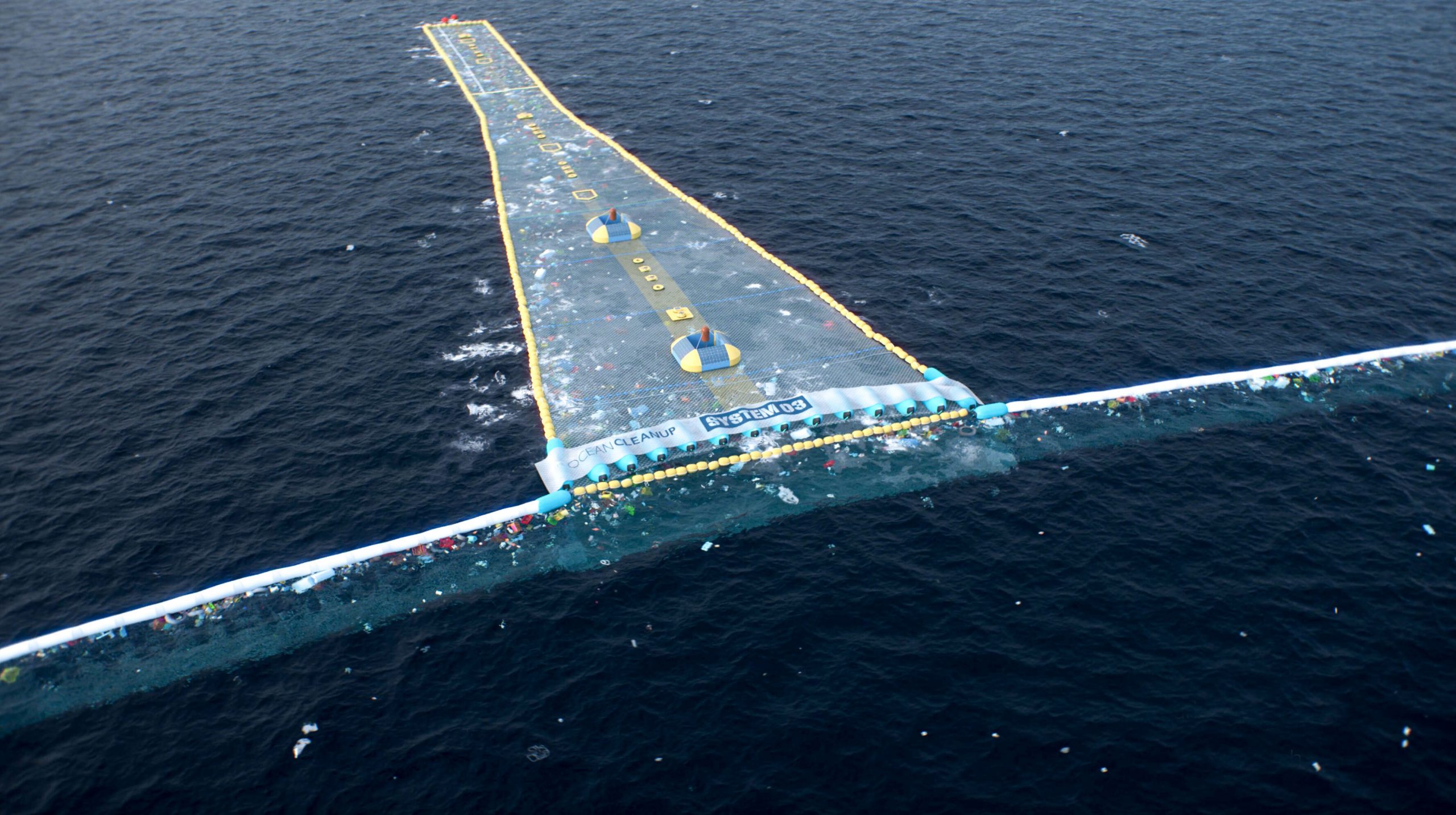
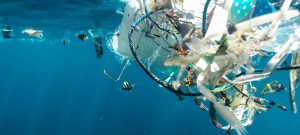
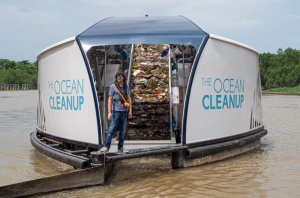
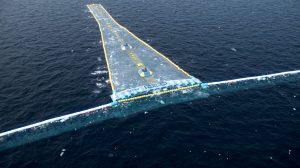

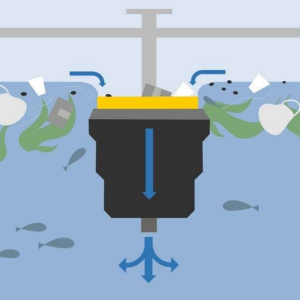
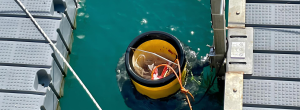
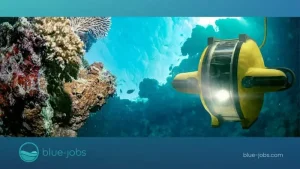
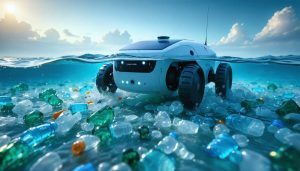
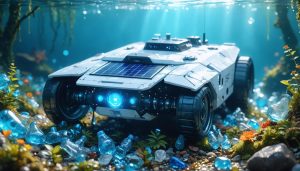
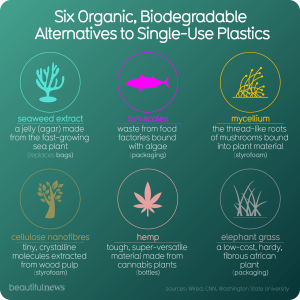

Hey, I’m Jack. Your blog is a game-changer! The content is insightful, well-researched, and always relevant. Great job!
Thanks for your information 🙂
Hello
Thank you, your article, and content are useful and insightful.
This Writing is a treasure trove of knowledge. Thank you for The contributions!